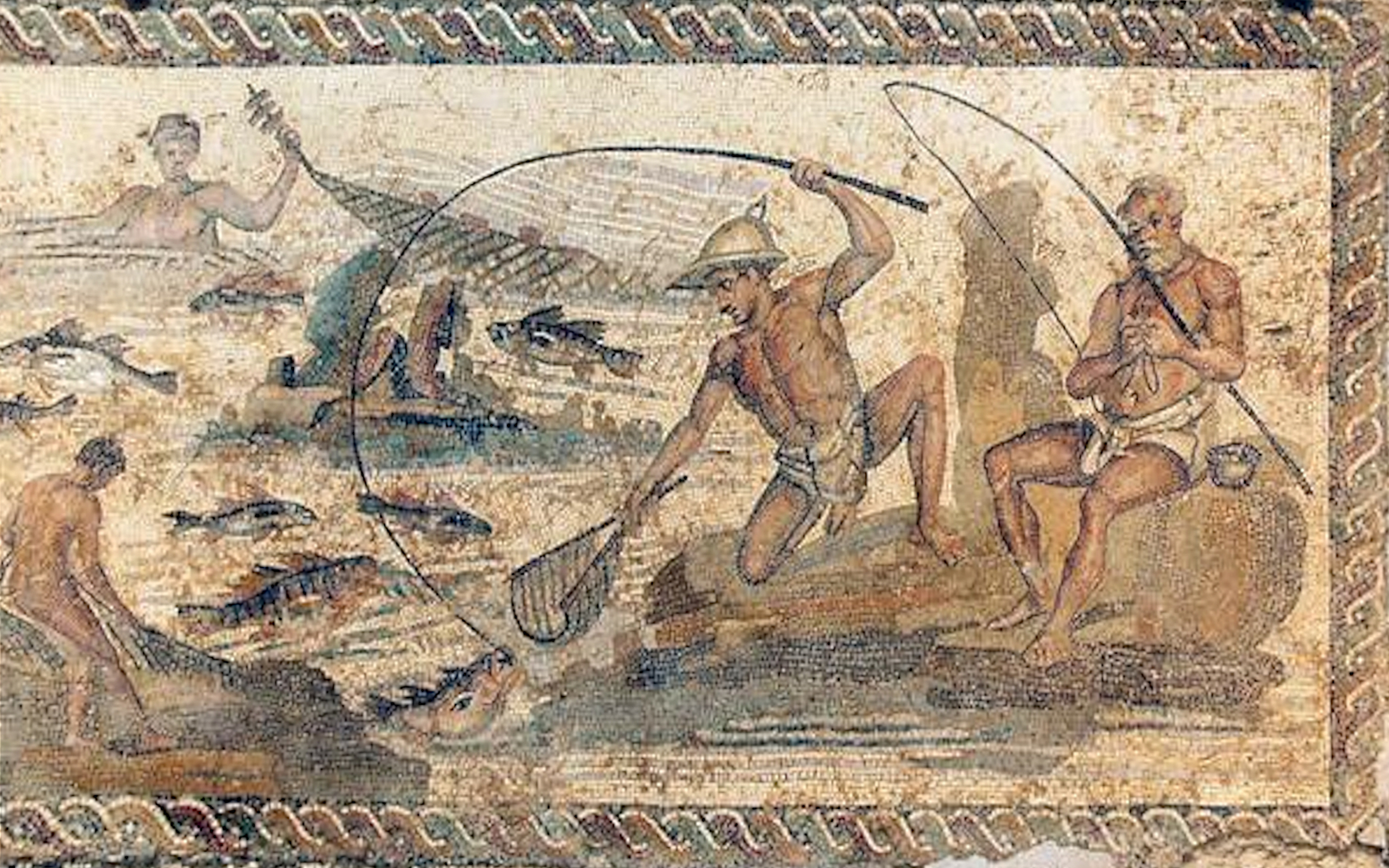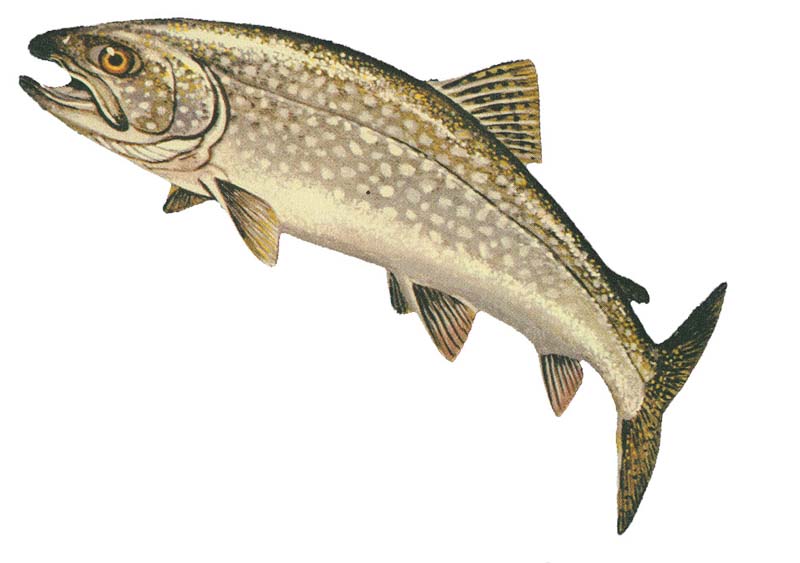|
Range Ponds State Park
Range Ponds State Park is a public recreation area wrapping around the eastern end of Lower Range Pond in the town of Poland in Androscoggin County, Maine. The state park offers a sandy beach with lifeguard-supervised swimming, kayaking, limited motorized boating, hiking trails, and fishing. Mountain biking trails, built with the help of local volunteers, provide intermediate level, single-track loops off a central double-track trail that winds through mature pine and hardwood forests. History The park was created after the State Park and Recreation Commission acquired over 500 acres of land bordering Lower Range Pond in 1965 from Hiram Ricker and Sons, bottlers of Poland Spring Water. Range Ponds The three Range Ponds are at the same elevation and connected by narrow necks where bridges carry roads over the pond. Flow sequence is from the upper pond through the middle pond to the lower pond which overflows through Range Brook to the Little Androscoggin River in Mechanic Fa ... [...More Info...] [...Related Items...] OR: [Wikipedia] [Google] [Baidu] |
Poland, Maine
Poland is a town in Androscoggin County, Maine, United States. The population was 5,906 at the 2020 census. Set among rolling hills and numerous lakes, the town is home to Range Ponds State Park, which includes hiking trails and a pristine freshwater beach. Poland is also a historic resort area. It is included in the Lewiston-Auburn, Maine metropolitan statistical area, which itself is part of the Greater Portland- Lewiston Combined Statistical Area. History Land was granted by the Massachusetts General Court in 1765 to officers and soldiers who served with Sir William Phips in the 1690 Battle of Quebec. It replaced a 1736 grant made to them called Bakerstown (now Salisbury, New Hampshire) which was ruled invalid in 1741 at the separation of New Hampshire from Massachusetts. The new plantation was also called Bakerstown (after Captain Thomas Baker), and included present-day Poland, Minot, Mechanic Falls and the greater part of Auburn. Settled in 1767 by Nathaniel Bailey and ... [...More Info...] [...Related Items...] OR: [Wikipedia] [Google] [Baidu] |
Angling
Angling is a fishing technique that uses a fish hook or "angle" (from Old English ''angol'') attached to a fishing line to tether individual fish in the mouth. The fishing line is usually manipulated via a fishing rod, although rodless techniques such as handlining and longlining also exist. Modern angling rods are usually fitted with a reel that functions as a cranking device for storing, retrieving and releasing out the line, although Tenkara fishing and cane pole fishing are two rod-angling methods that do not use any reel. The hook itself can be additionally weighted with a dense tackle called a sinker, and is typically dressed with an appetizing bait to attract the fish and enticing it into swallowing the hook, but sometimes an inedible fake bait with multiple attached hooks (known as a lure) is used instead of a single hook with edible bait. A bite indicator, such as a float or a quiver tip, is often used to relay underwater status of the hook to the surface. When ... [...More Info...] [...Related Items...] OR: [Wikipedia] [Google] [Baidu] |
State Parks Of Maine
State may refer to: Arts, entertainment, and media Literature * ''State Magazine'', a monthly magazine published by the U.S. Department of State * ''The State'' (newspaper), a daily newspaper in Columbia, South Carolina, United States * ''Our State'', a monthly magazine published in North Carolina and formerly called ''The State'' * The State (Larry Niven), a fictional future government in three novels by Larry Niven Music Groups and labels * States Records, an American record label * The State (band), Australian band previously known as the Cutters Albums * ''State'' (album), a 2013 album by Todd Rundgren * ''States'' (album), a 2013 album by the Paper Kites * ''States'', a 1991 album by Klinik * ''The State'' (album), a 1999 album by Nickelback Television * ''The State'' (American TV series), 1993 * ''The State'' (British TV series), 2017 Other * The State (comedy troupe), an American comedy troupe Law and politics * State (polity), a centralized political organization ... [...More Info...] [...Related Items...] OR: [Wikipedia] [Google] [Baidu] |
Beaches Of Maine
A beach is a landform alongside a body of water which consists of loose particles. The particles composing a beach are typically made from rock, such as sand, gravel, shingle, pebbles, etc., or biological sources, such as mollusc shells or coralline algae. Sediments settle in different densities and structures, depending on the local wave action and weather, creating different textures, colors and gradients or layers of material. Though some beaches form on inland freshwater locations such as lakes and rivers, most beaches are in coastal areas where wave or current action deposits and reworks sediments. Erosion and changing of beach geologies happens through natural processes, like wave action and extreme weather events. Where wind conditions are correct, beaches can be backed by coastal dunes which offer protection and regeneration for the beach. However, these natural forces have become more extreme due to climate change, permanently altering beaches at very rapid ra ... [...More Info...] [...Related Items...] OR: [Wikipedia] [Google] [Baidu] |
Black Crappie
The black crappie (''Pomoxis nigromaculatus'') is a freshwater fish found in North America, one of the two types of crappies. It is very similar to the white crappie in size, shape, and habits, except that it is darker, with a pattern of black spots. Taxonomy ''Pomoxis'', the genus name, is Greek: "poma, -atos" and "oxys" meaning sharp operculum. This references the fish's spined gill covers. The species name, ''nigromaculatus'', is derived from Latin and means "black-spotted". Description Black crappies are most accurately identified by the seven or eight spines on its dorsal fin (white crappies have five or six dorsal spines). Crappies have a deep and laterally compressed body. They are usually silvery-gray to green in color and show irregular or mottled black splotches over the entire body. Black crappies have rows of dark spots on their dorsal, anal, and caudal fins. The dorsal and anal fins resemble each other in shape. Both crappies have large mouths extending to below the ... [...More Info...] [...Related Items...] OR: [Wikipedia] [Google] [Baidu] |
Brook Trout
The brook trout (''Salvelinus fontinalis'') is a species of freshwater fish in the char genus ''Salvelinus'' of the salmon family Salmonidae. It is native to Eastern North America in the United States and Canada, but has been introduced elsewhere in North America, as well as to Iceland, Europe, and Asia. In parts of its range, it is also known as the eastern brook trout, speckled trout, brook charr, squaretail, brookie or mud trout, among others. A potamodromous population in Lake Superior, as well as an anadromous population in Maine, is known as coaster trout or, simply, as coasters. The brook trout is the state fish of nine U.S. states: Michigan, New Hampshire, New Jersey, New York, North Carolina, Pennsylvania, Vermont, Virginia, and West Virginia, and the Provincial Fish of Nova Scotia in Canada. Systematics and taxonomy The brook trout was first scientifically described as ''Salmo fontinalis'' by the naturalist Samuel Latham Mitchill in 1814. The specific epithet "''fontina ... [...More Info...] [...Related Items...] OR: [Wikipedia] [Google] [Baidu] |
Lake Trout
The lake trout (''Salvelinus namaycush'') is a freshwater char living mainly in lakes in northern North America. Other names for it include mackinaw, namaycush, lake char (or charr), touladi, togue, and grey trout. In Lake Superior, it can also be variously known as siscowet, paperbelly and lean. The lake trout is prized both as a game fish and as a food fish. Those caught with dark coloration may be called ''mud hens''. Taxonomy It is the only member of the subgenus ''Cristovomer'', which is more derived than the subgenus '' Baione'' (the most basal clade of ''Salvelinus'', containing the brook trout (''S. fontinalis'') and silver trout (''S. agasizii'')) but still basal to the other members of ''Salvelinus''. Range From a zoogeographical perspective, lake trout have a relatively narrow distribution. They are native only to the northern parts of North America, principally Canada, but also Alaska and, to some extent, the northeastern United States. Lake trout have been wide ... [...More Info...] [...Related Items...] OR: [Wikipedia] [Google] [Baidu] |
Maine State Route 26
State Route 26 (abbreviated SR 26) is part of Maine's system of numbered state highways. It is a major interregional route running for from downtown Portland northwest to the New Hampshire border near Upton, where it connects to New Hampshire Route 26. SR 26 runs in Cumberland, Androscoggin and Oxford Counties. SR 26 is part of a multi-state route with NH 26 and Vermont Route 26, which stretches for a total of . History The number 26 dates back to 1922 when the New England road marking system was adopted, although Maine did not officially join until 1925. The road was designated as New England Route 26, also known as the Dixville Notch Way, and largely occupies the same routing as it does today. Route description SR 26 begins in Portland. State route logs show its southern terminus at the intersection of Cumberland Avenue and Washington Avenue in the eastern end of the city center. It heads north on Washington Avenue. In the field, the southern terminus is signed ... [...More Info...] [...Related Items...] OR: [Wikipedia] [Google] [Baidu] |
Atlantic Salmon
The Atlantic salmon (''Salmo salar'') is a species of ray-finned fish in the family Salmonidae. It is the third largest of the Salmonidae, behind Siberian taimen and Pacific Chinook salmon, growing up to a meter in length. Atlantic salmon are found in the northern Atlantic Ocean and in rivers that flow into it. Most populations are anadromous, hatching in streams and rivers but moving out to sea as they grow where they mature, after which the adults seasonally move upstream again to spawn. When the mature fish re-enter rivers to spawn, they change in colour and appearance. Some populations of this fish only migrate to large lakes, and are "landlocked", spending their entire lives in freshwater. Such populations are found throughout the range of the species. Unlike Pacific species of salmon, ''S. salar'' is iteroparous, which means it can survive spawning and return to sea to repeat the process again in another year. Such individuals can grow to extremely large sizes, althoug ... [...More Info...] [...Related Items...] OR: [Wikipedia] [Google] [Baidu] |
Rainbow Trout
The rainbow trout (''Oncorhynchus mykiss'') is a species of trout native to cold-water tributaries of the Pacific Ocean in Asia and North America. The steelhead (sometimes called "steelhead trout") is an anadromous (sea-run) form of the coastal rainbow trout or Columbia River redband trout that usually returns to freshwater to spawn after living two to three years in the ocean. Freshwater forms that have been introduced into the Great Lakes and migrate into tributaries to spawn are also called steelhead. Adult freshwater stream rainbow trout average between , while lake-dwelling and anadromous forms may reach . Coloration varies widely based on subspecies, forms, and habitat. Adult fish are distinguished by a broad reddish stripe along the lateral line, from gills to the tail, which is most vivid in breeding males. Wild-caught and hatchery-reared forms of the species have been transplanted and introduced for food or sport in at least 45 countries and every continent except ... [...More Info...] [...Related Items...] OR: [Wikipedia] [Google] [Baidu] |
Alewife (fish)
The alewife (''Alosa pseudoharengus'') is an anadromous species of herring found in North America. It is one of the "typical" North American shads, attributed to the subgenus ''Pomolobus'' of the genus ''Alosa''. As an adult it is a marine species found in the northern West Atlantic Ocean, moving into estuaries before swimming upstream to breed in freshwater habitats, but some populations live entirely in fresh water. It is best known for its invasion of the Great Lakes by using the Welland Canal to bypass Niagara Falls. Here, its population surged, peaking between the 1950s and 1980s to the detriment of many native species of fish. In an effort to control them biologically, Pacific salmon were introduced, only partially successfully. As a marine fish, the alewife is a US National Marine Fisheries Service "Species of Concern". Description Alewife reach a maximum length of about 40 cm (16 in), but have an average length of about 25 cm (10 in). The front o ... [...More Info...] [...Related Items...] OR: [Wikipedia] [Google] [Baidu] |






